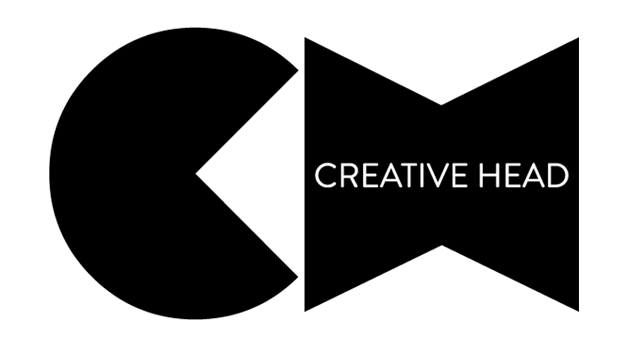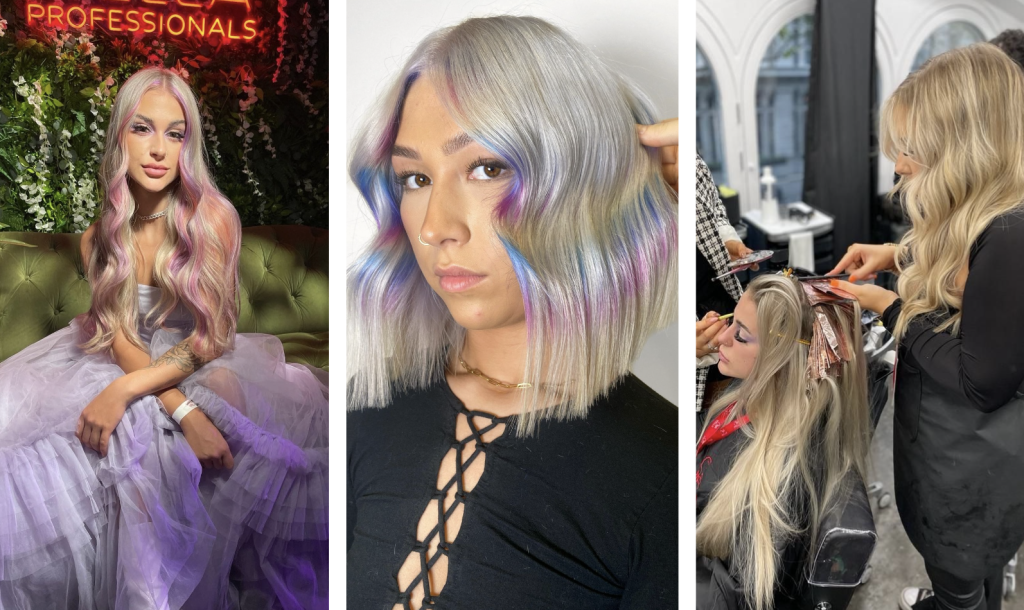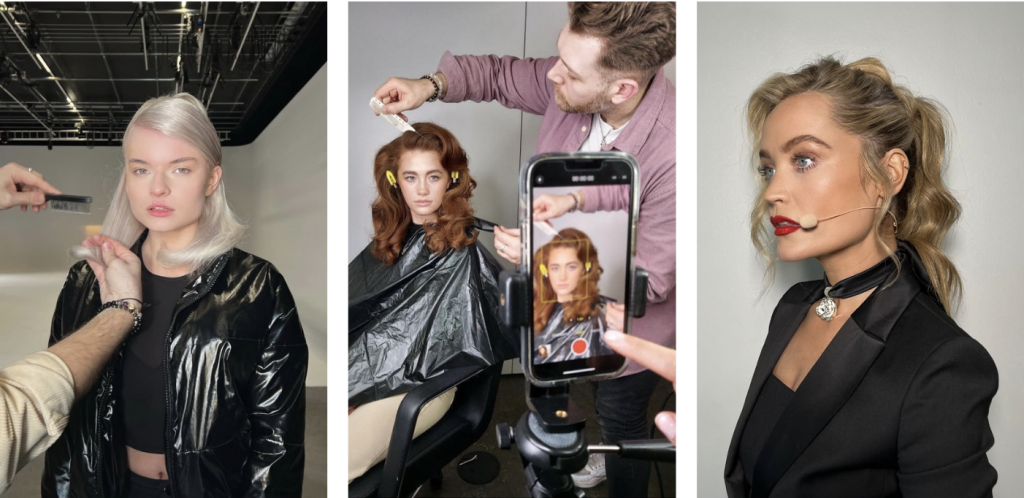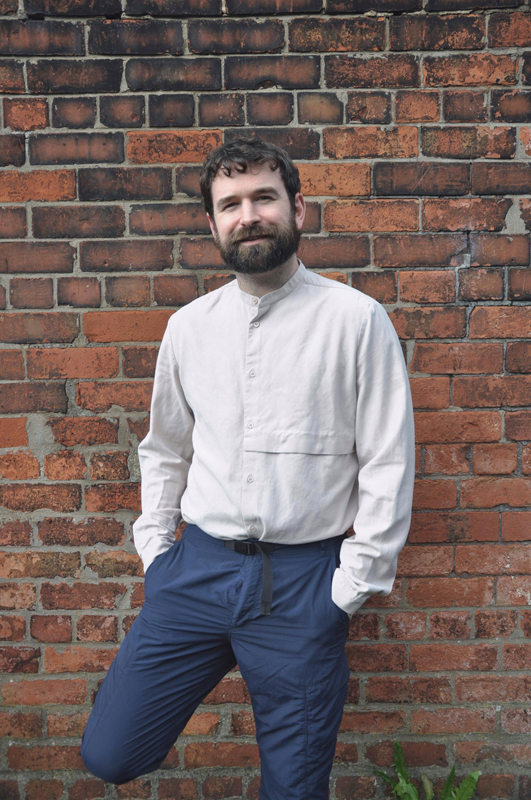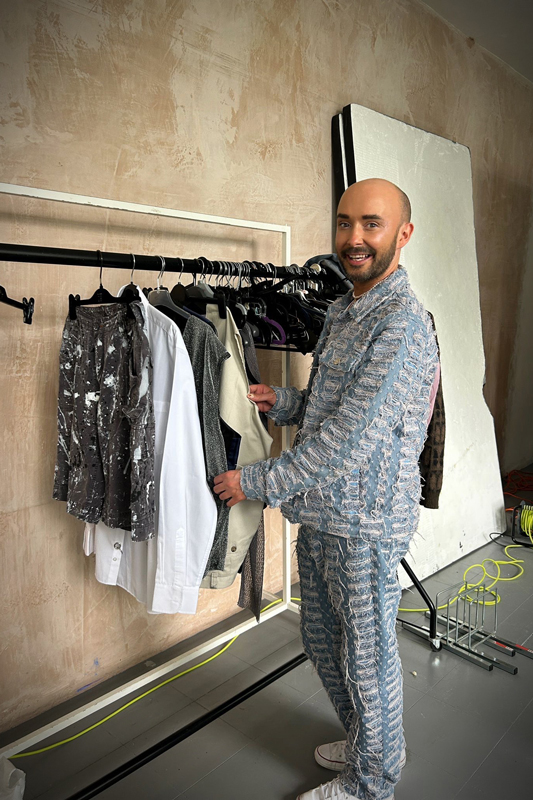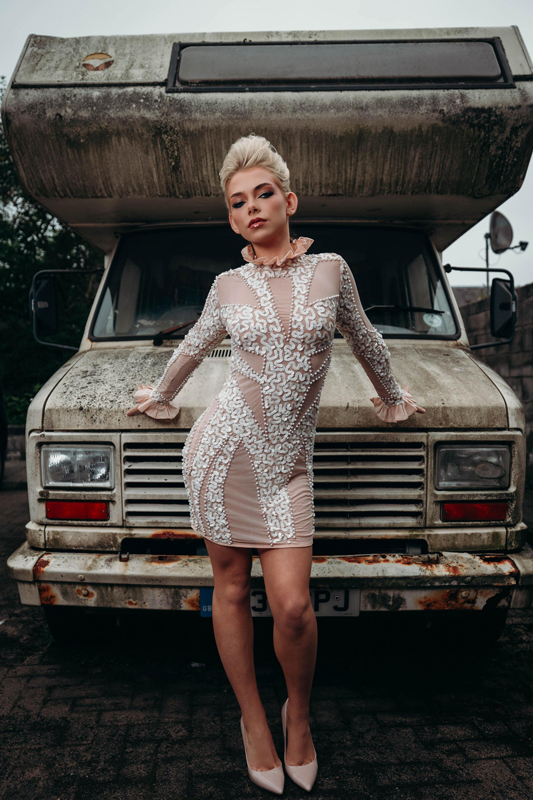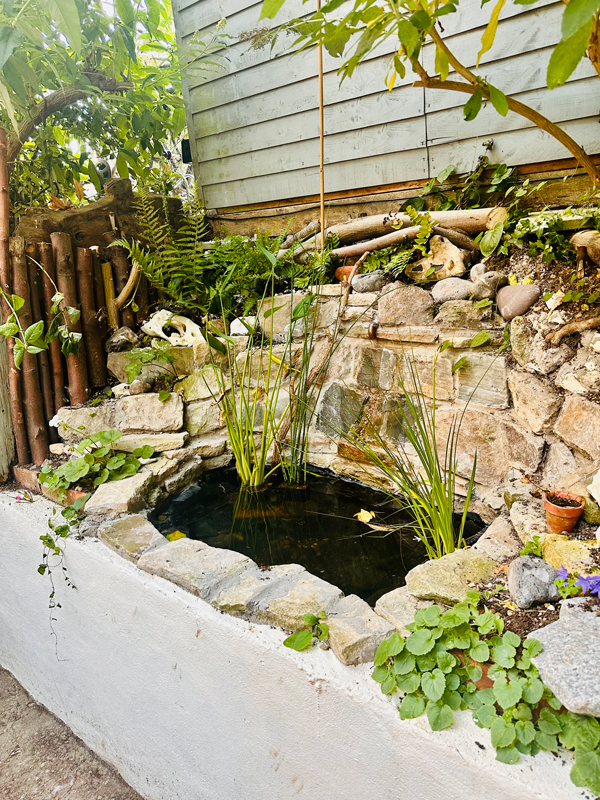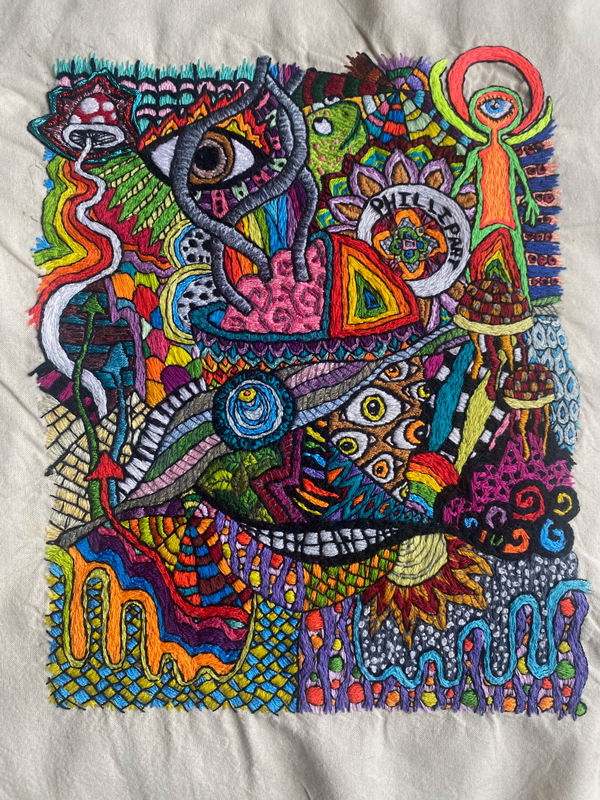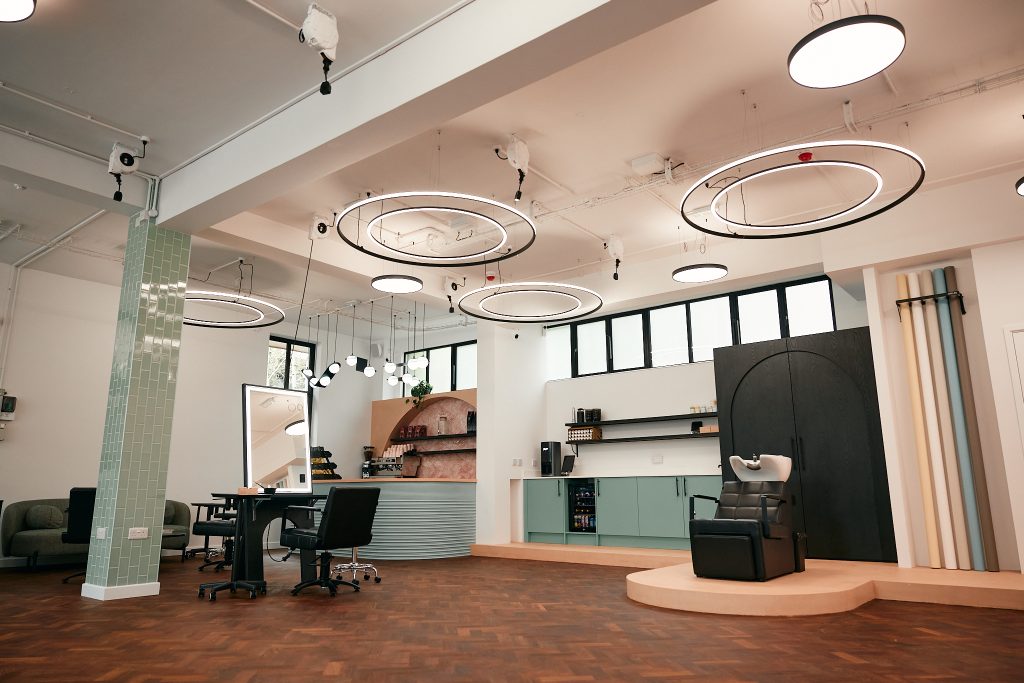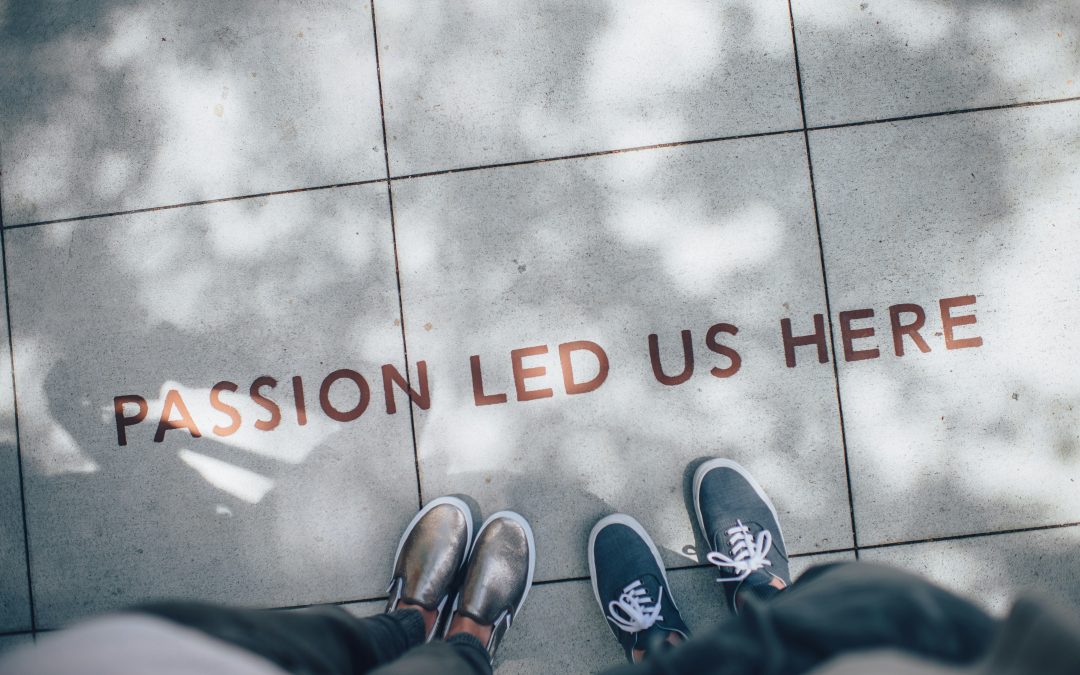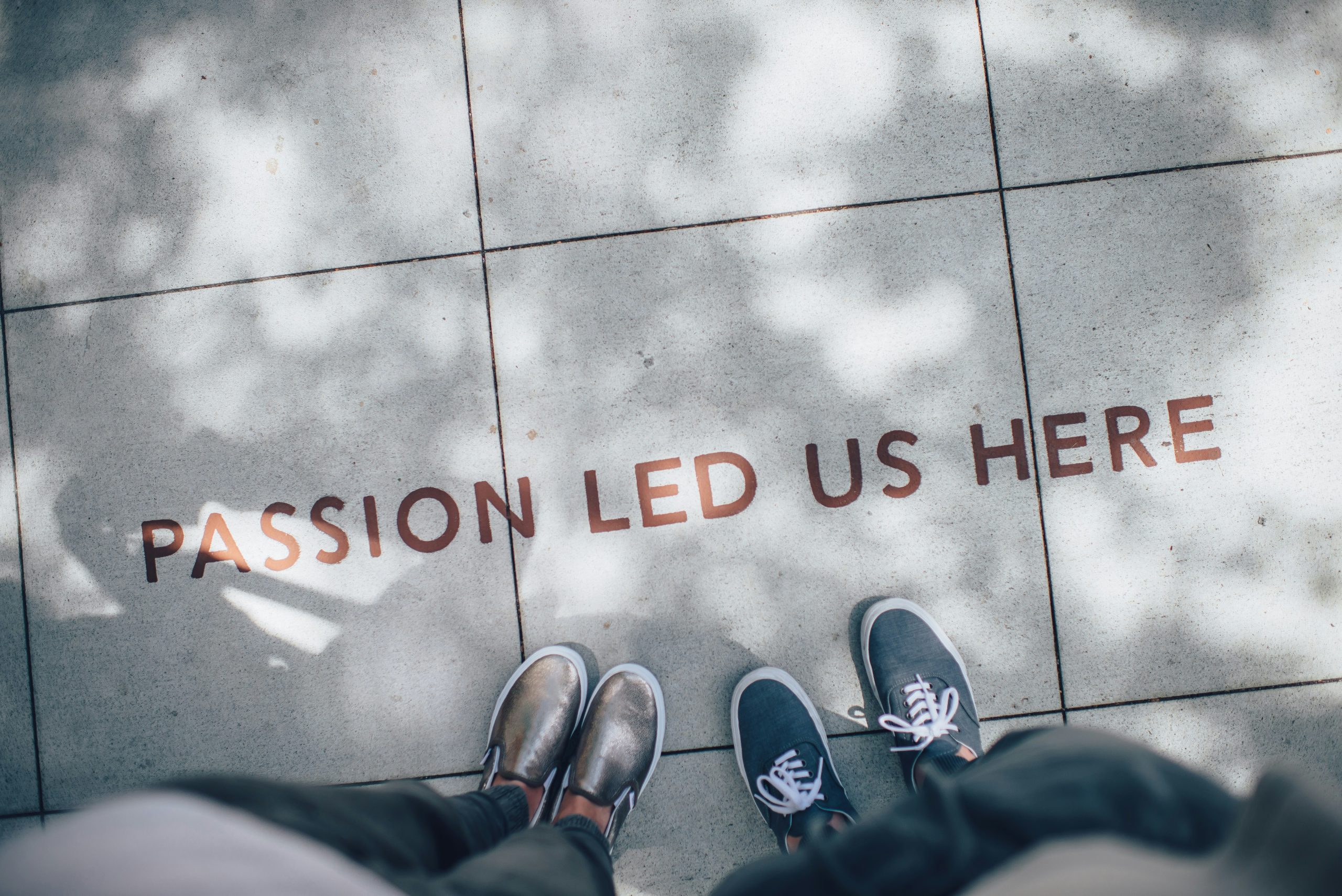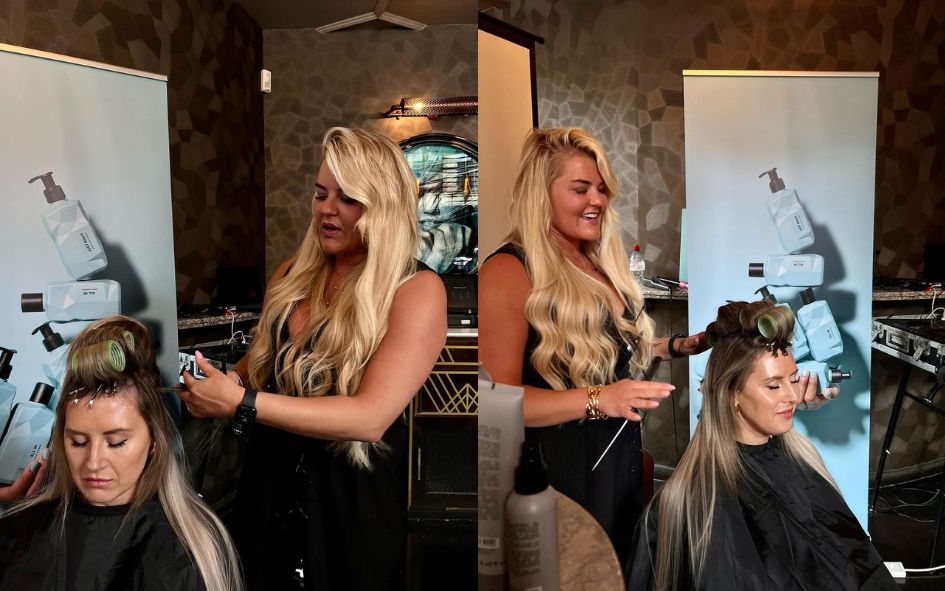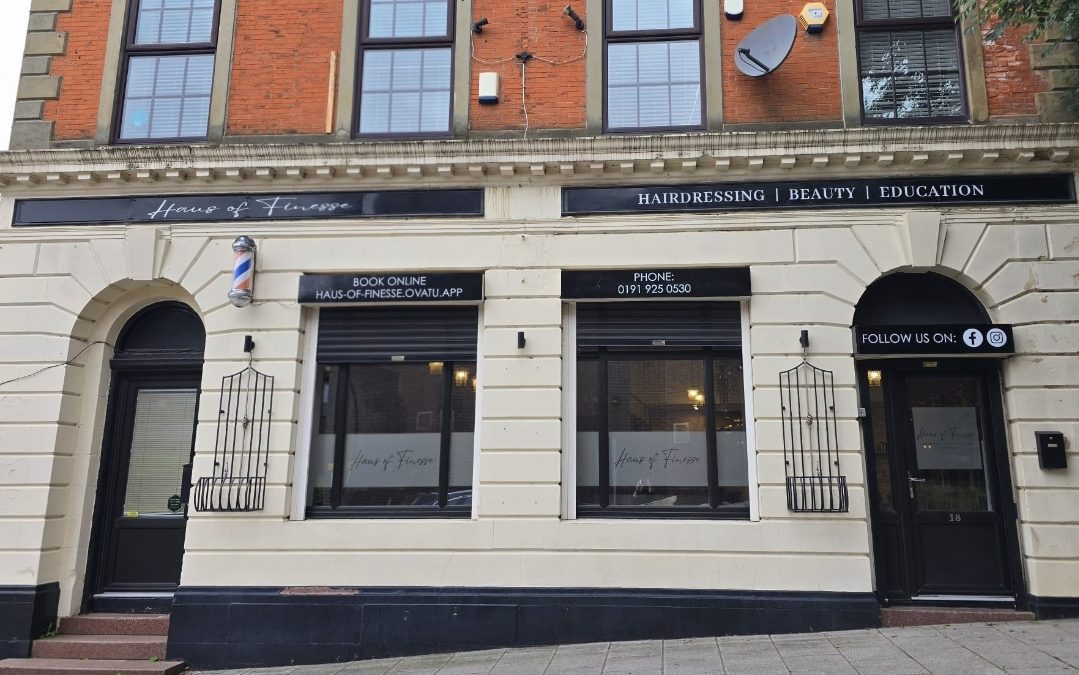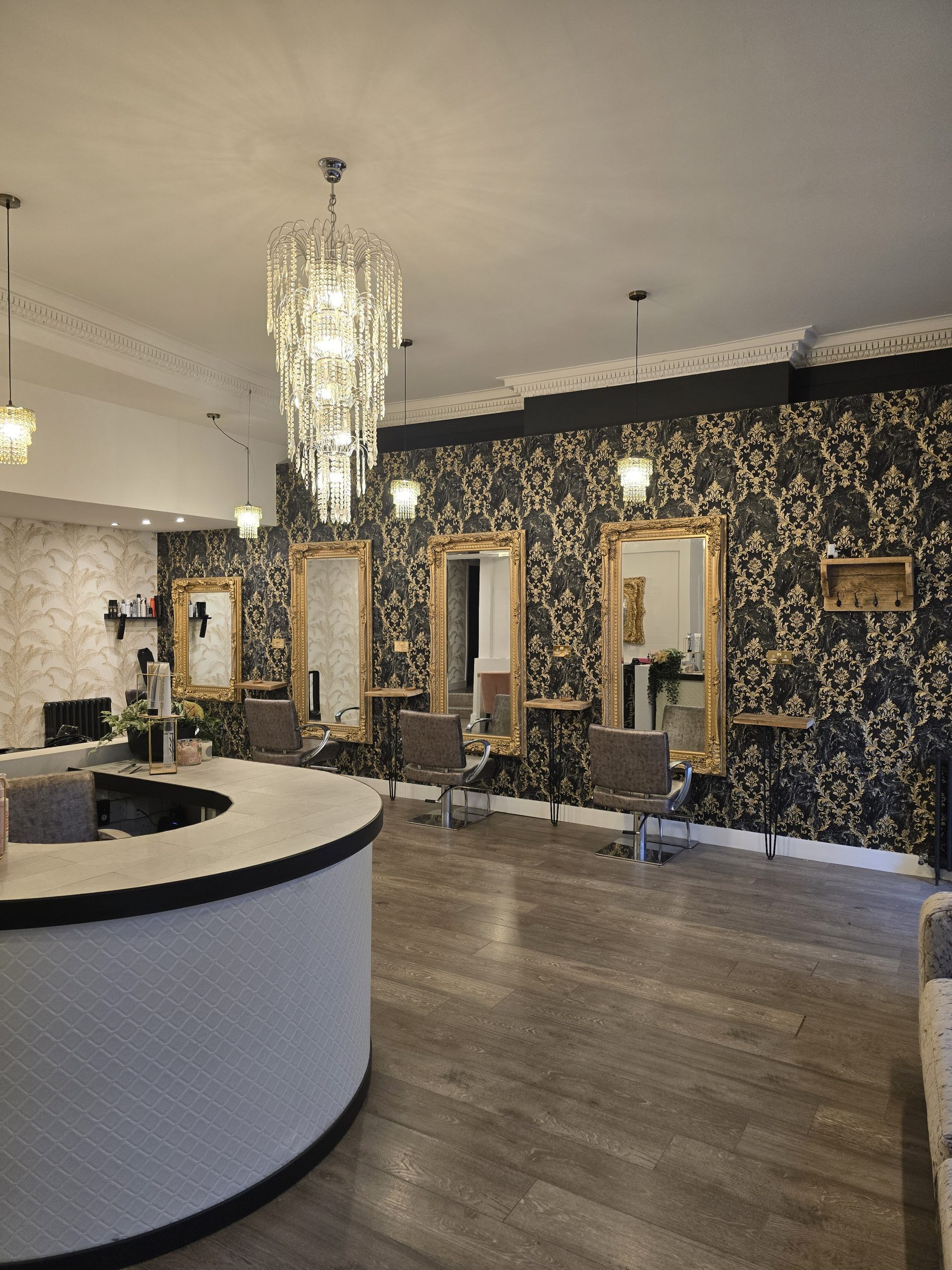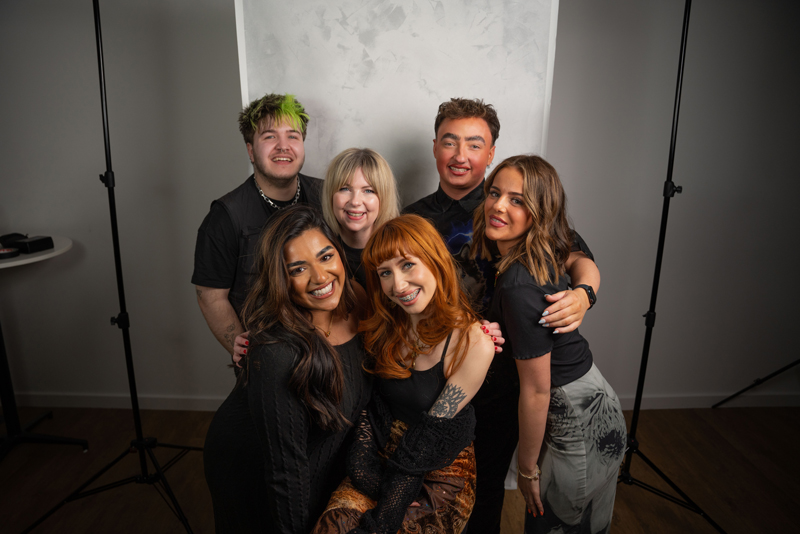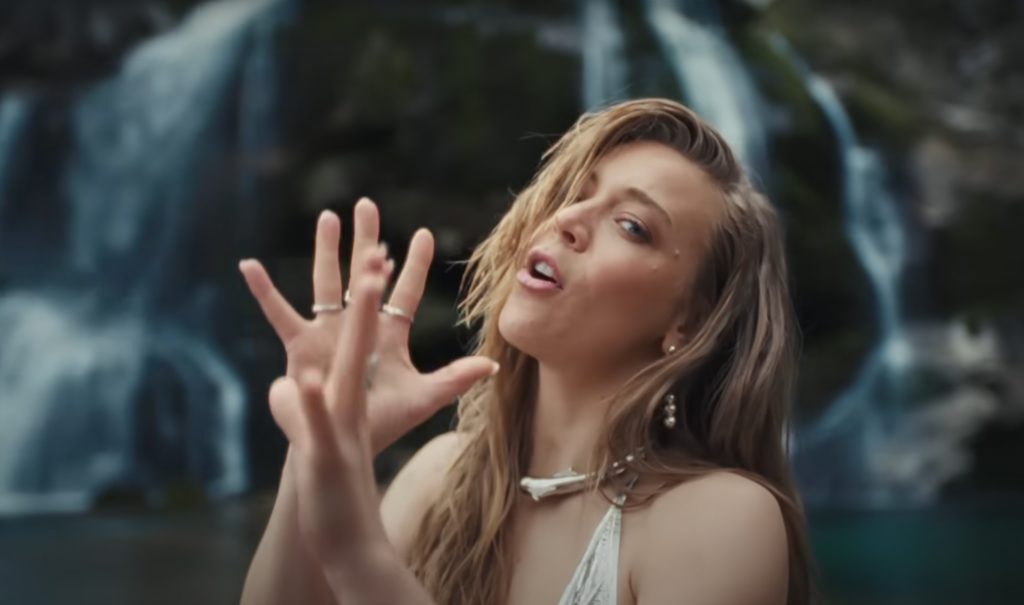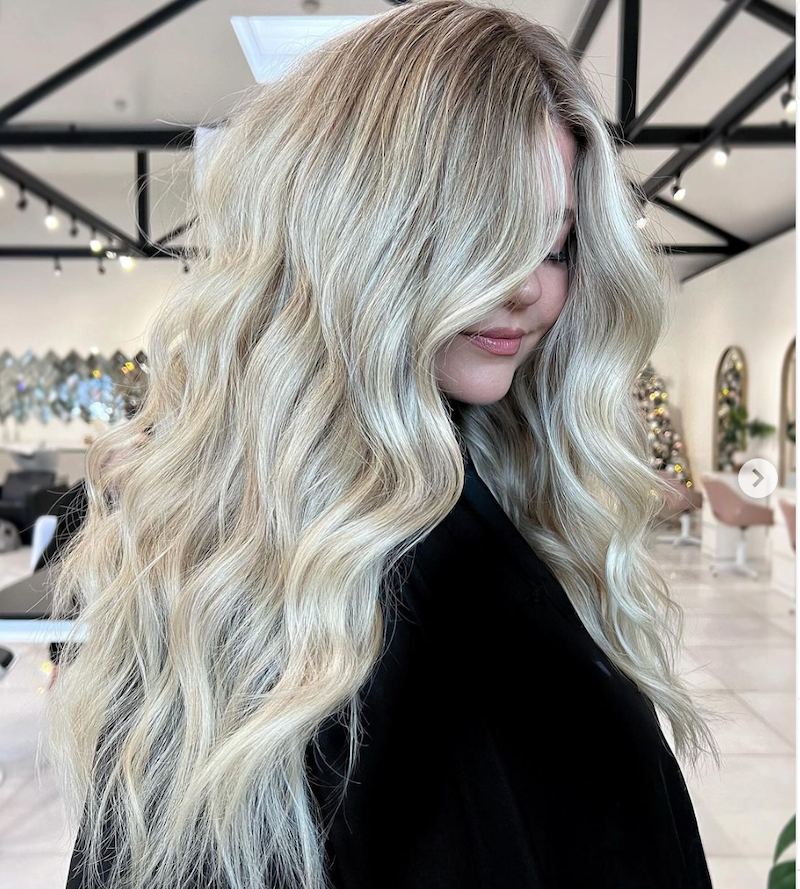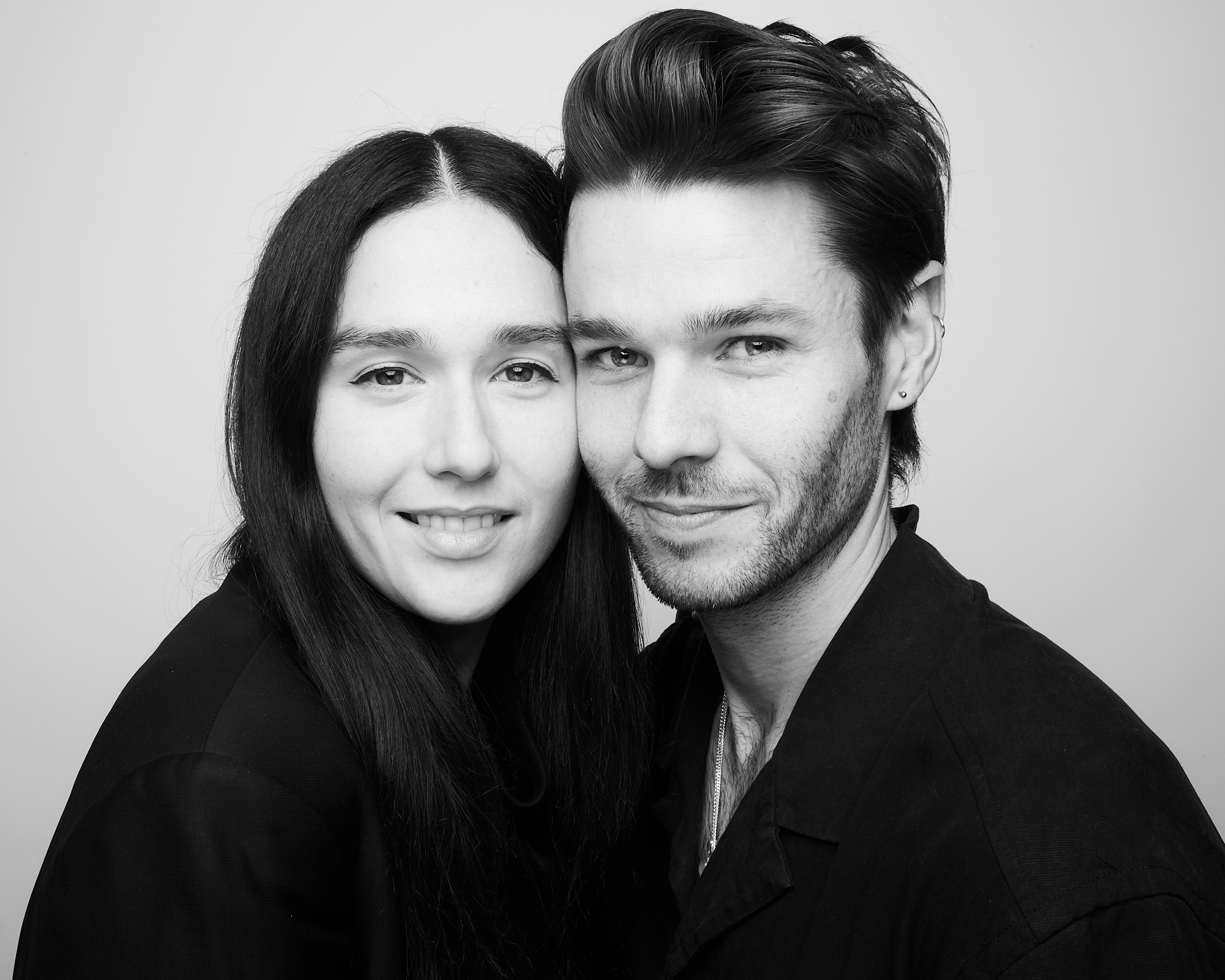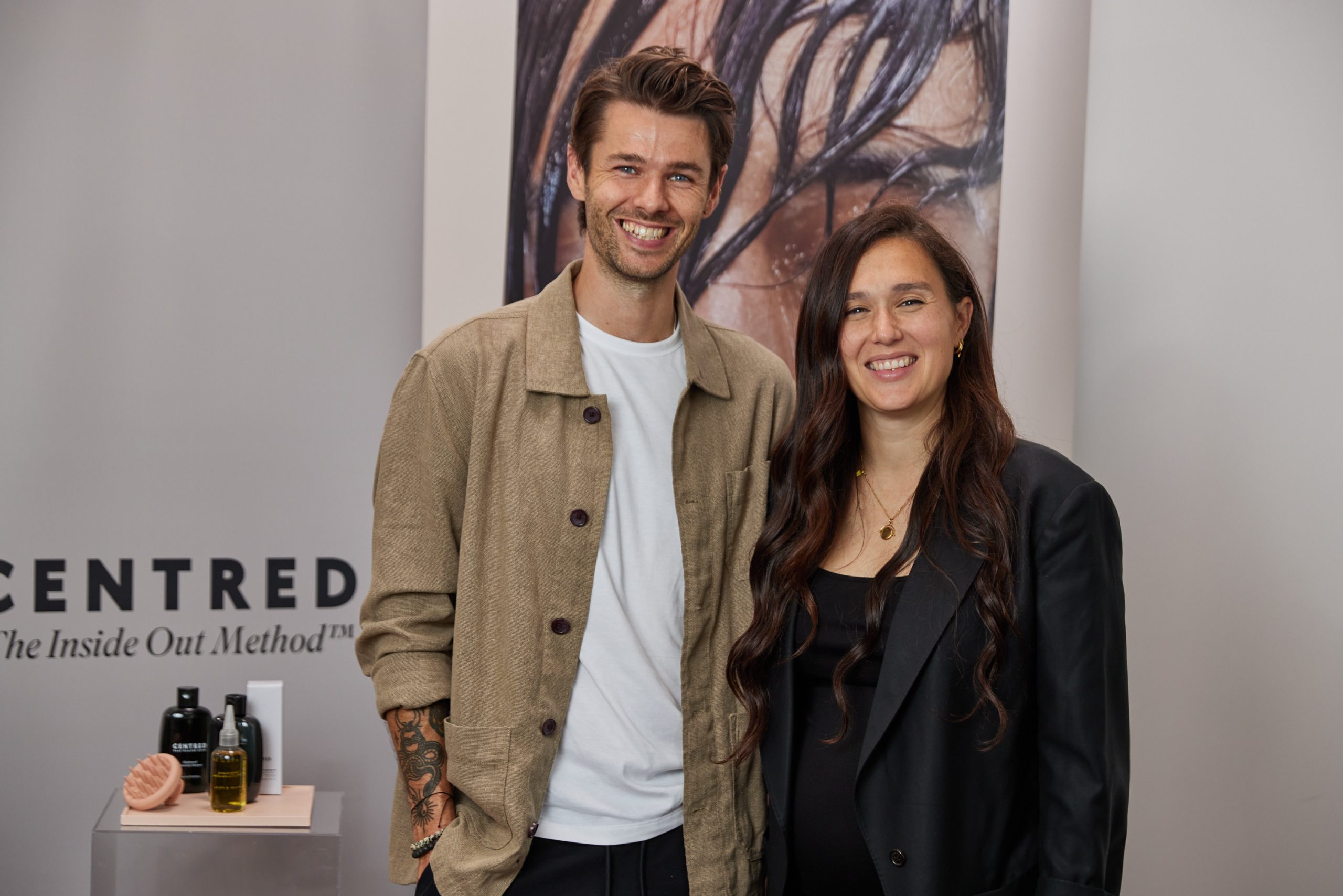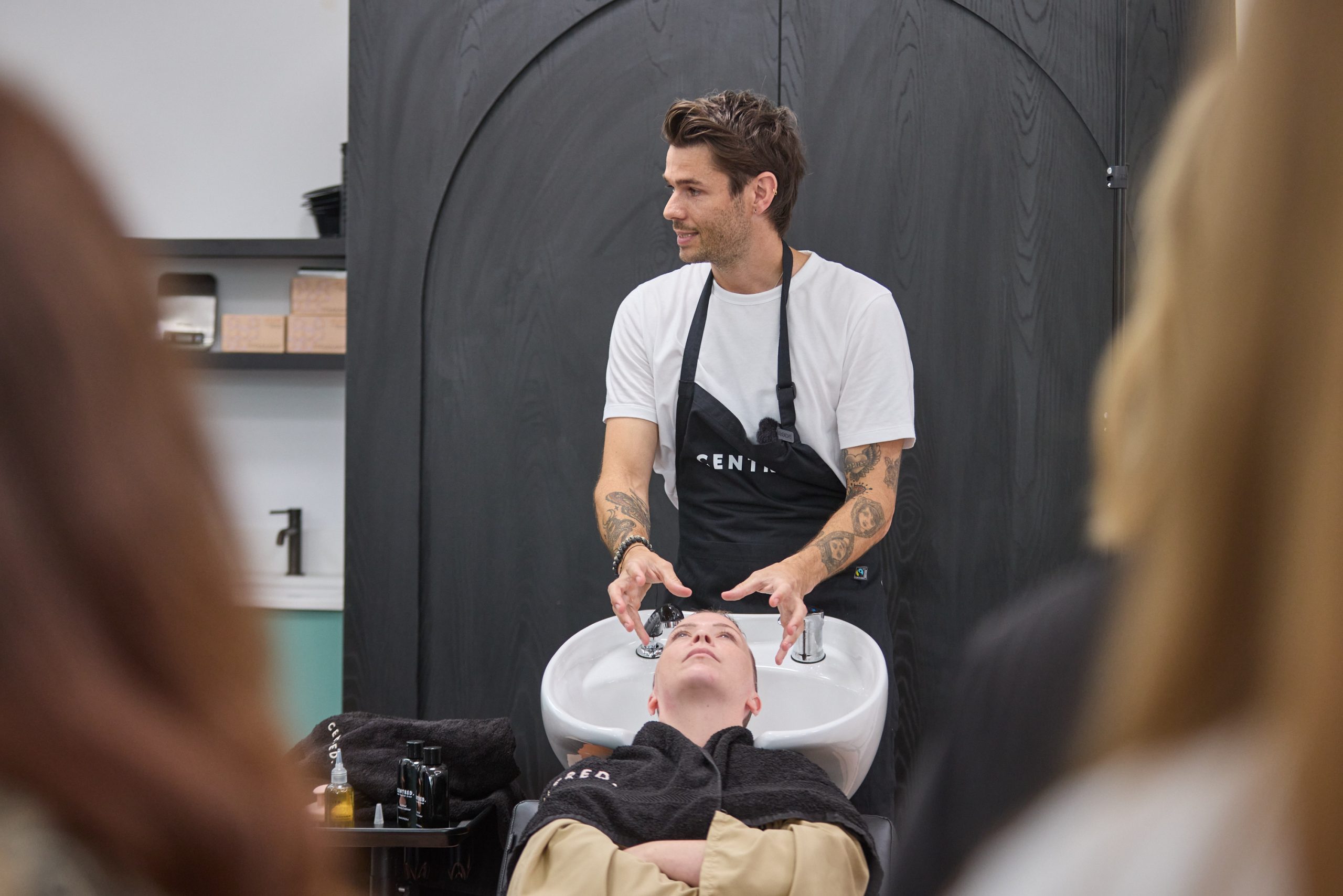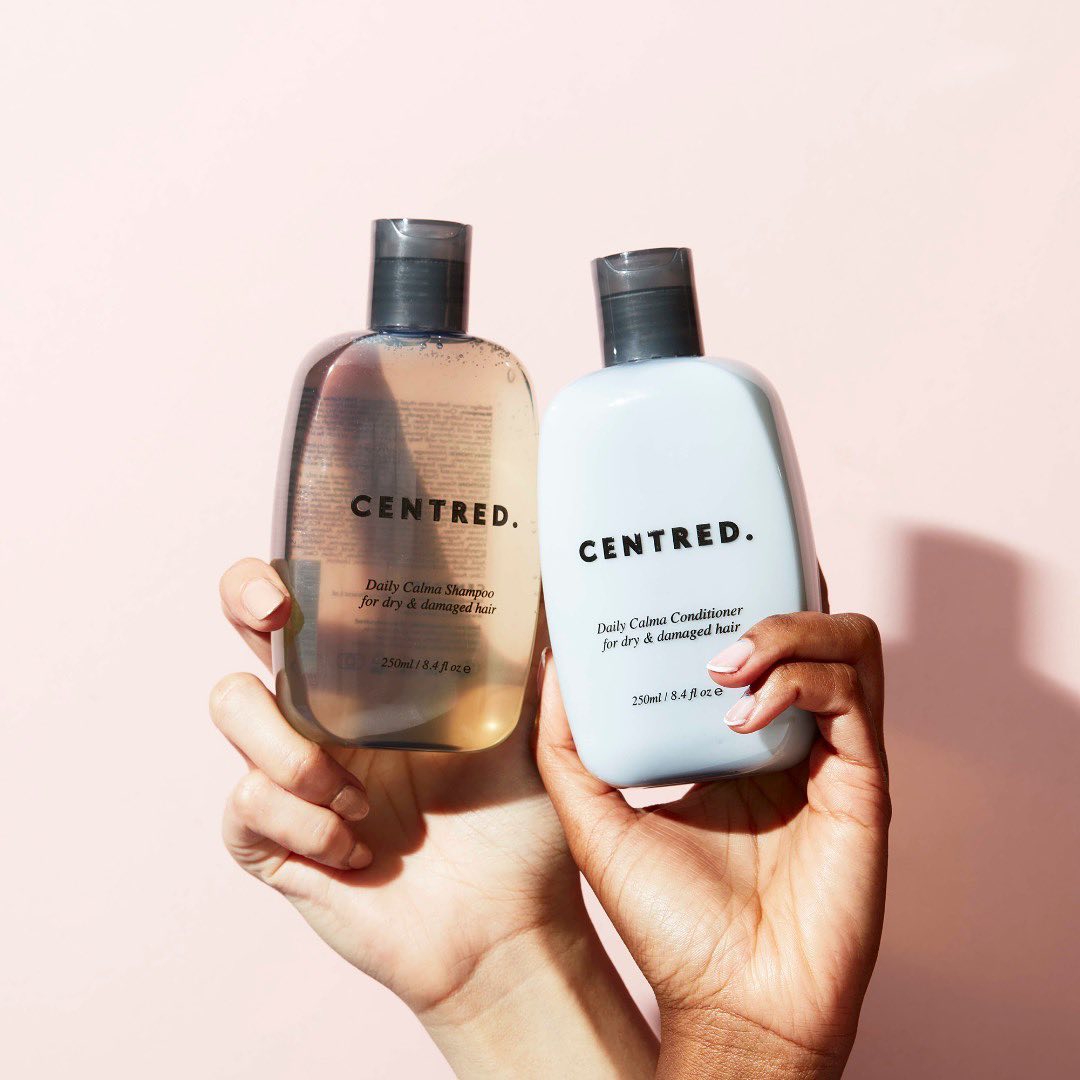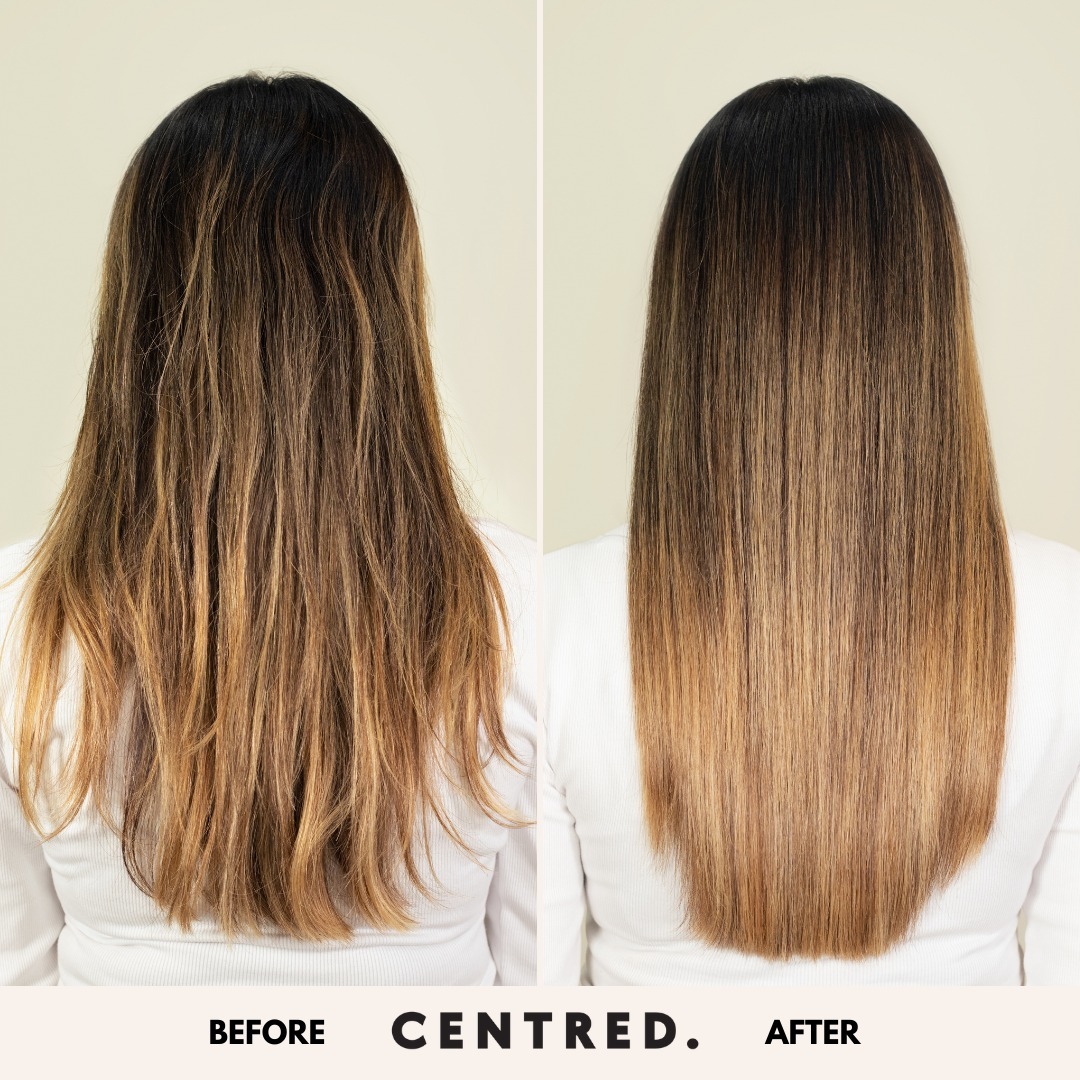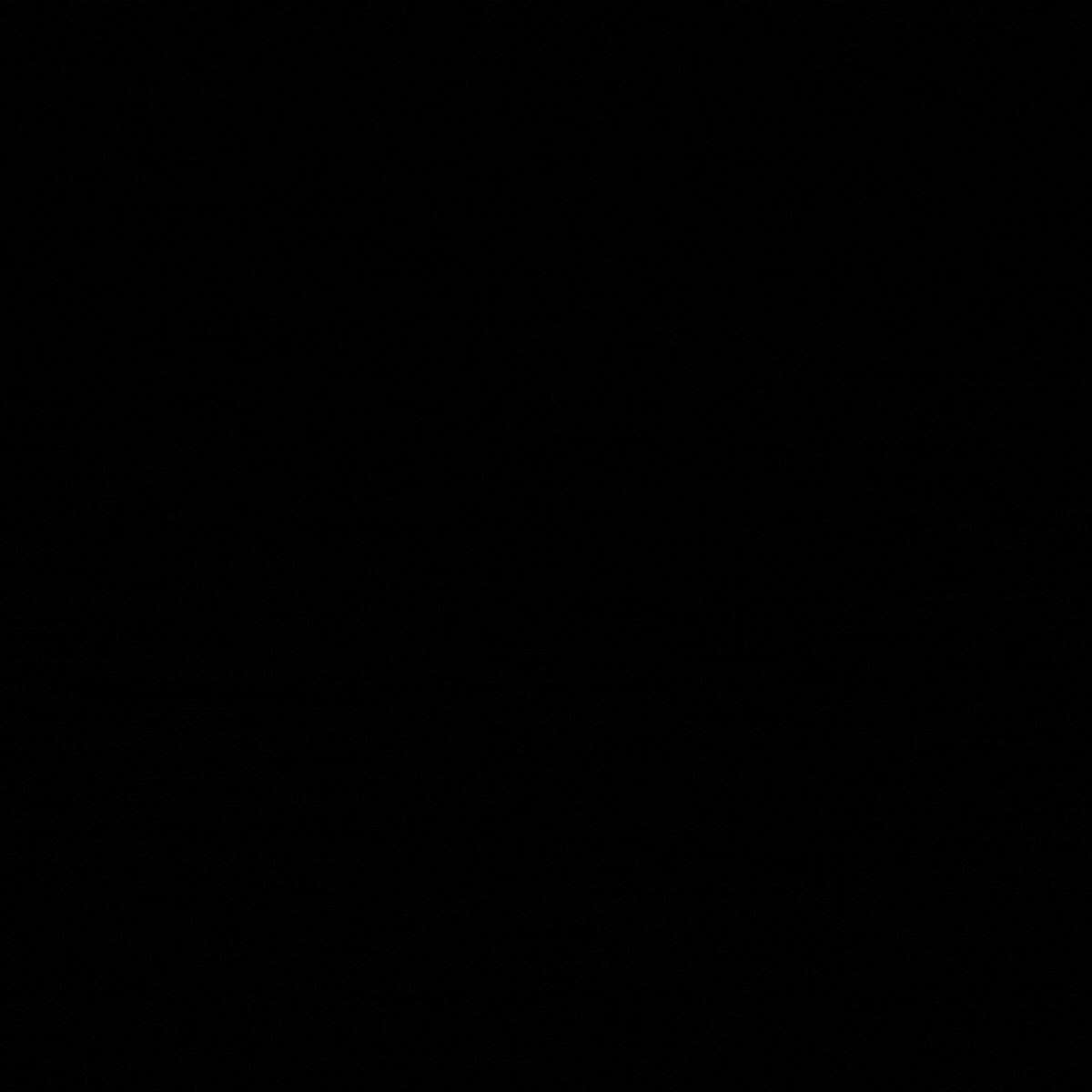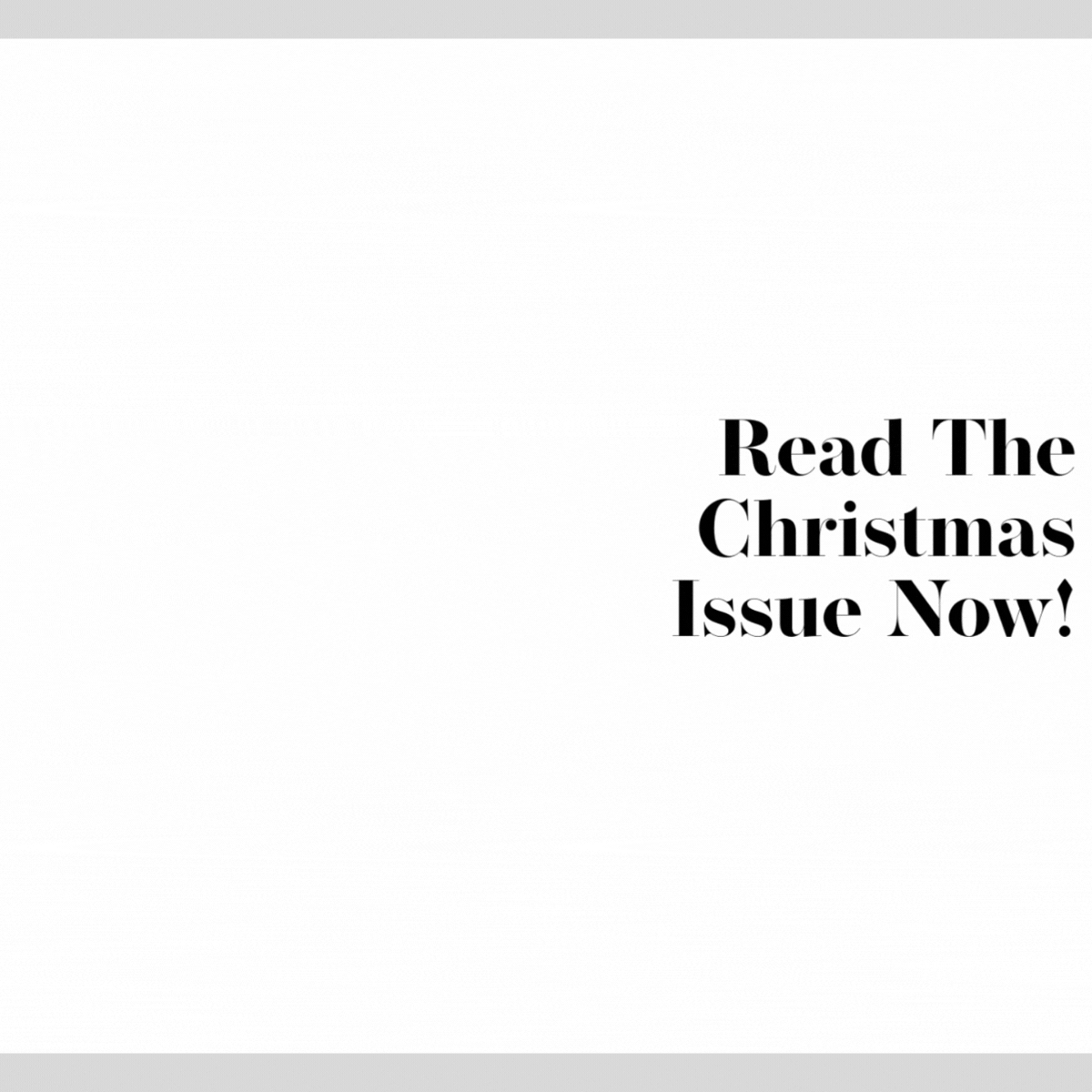
Wanted – New L’Oreal Professionnel ID Artists For 2025
Wanted – New L’Oréal Professionnel ID Artists For 2025
The iconic mentorship and development programme is open for applications to join the next squad
by AMANDA | INDUSTRY NEWS
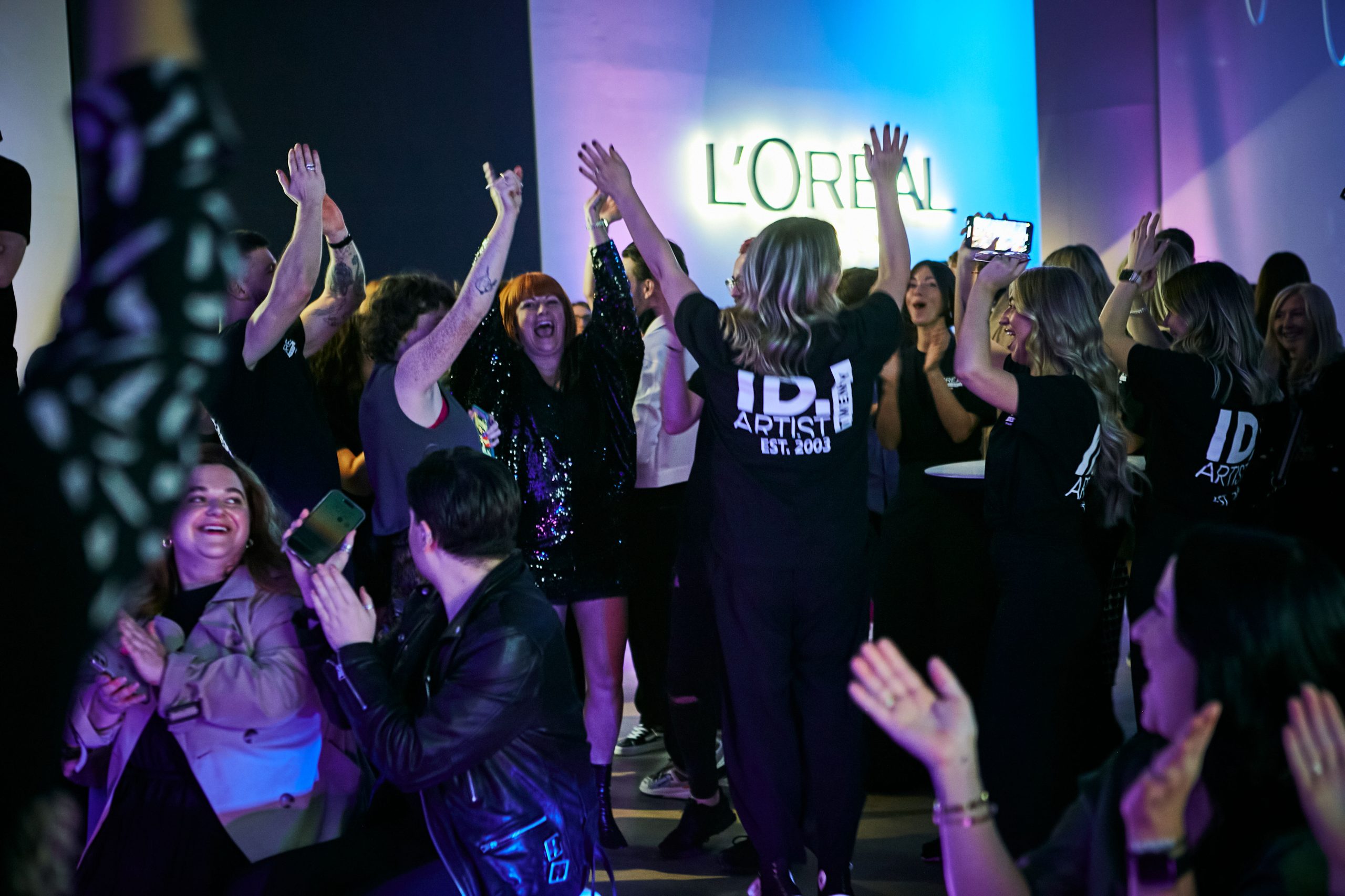
Marlon Hawkins, Nancy Stripe and Abigail Butler – just a few of the artists that have been part of the L’Oréal Professionnel ID Artist mentorship and development programme and seen their careers bloom. And now, the ID Artist is looking for its next group of upcoming talents…
If you want 2025 to deliver new opportunities, skills and experiences, the L’Oréal Professionnel ID Artists programme might be what you’re looking for. This two-year mentorship and development programme aims to foster hairdressing talent, no matter what stage they’ve reached in their career, and applications are now open. You have until 16 January to submit your audition video. Here’s what you need to do:
How To Create Your Audition Video
- Prepare a complete total look featuring a model based on something that inspires you.
- Present this look with a five-minute landscape video and explain how you achieved the look, including the techniques and products used.
- Make sure you talk throughout your video and record on a plain background.
- The video must involve cutting, styling or colour results, or a combination, using only L’Oréal Professionnel styling and/or colouring products. It should be based on the skill areas you want to profile to the judges.
From all the video entries, a judging panel will choose 36 entrants to go through to the second round. Here, they’ll take part in a 10-minute virtual interview with judges to talk the technical process used to create their look, as well as their inspirations and creative thought process. The lucky ones will join the programme in March, and it will run until December 2026.
For all the details, visit www.lorealaccess.com
